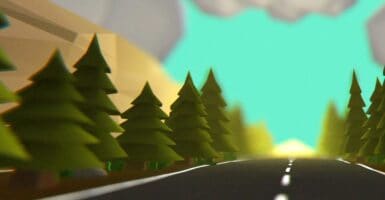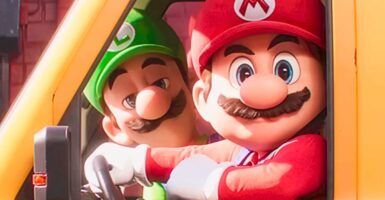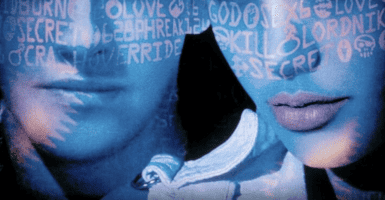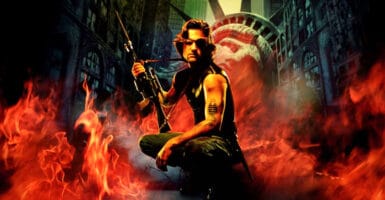The Lord Of The Rings Ignores Its Best Asset
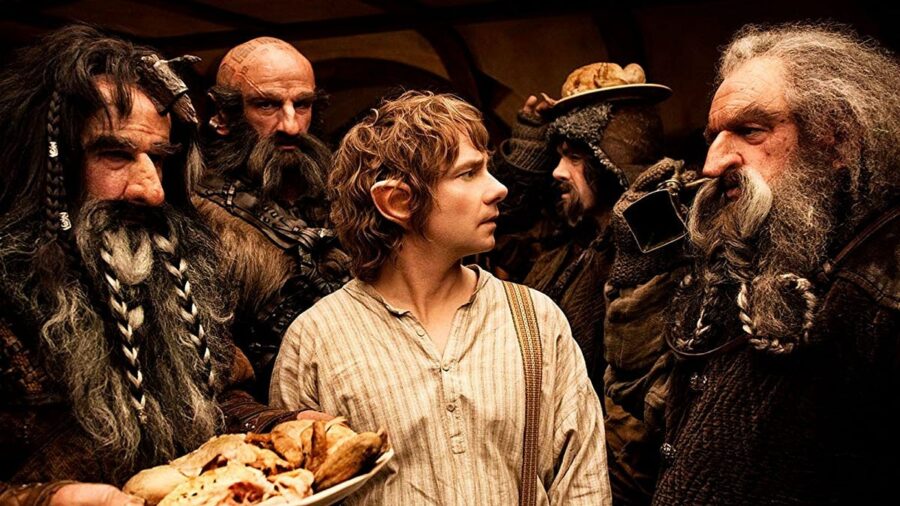
They may be parts of different genres, but one thing The Lord of the Rings has in common with more spacefaring franchises like Star Trek and Star Wars is that a big part of the appeal for fans is the chance to experience fantastical creatures and cultures. What surprises me is how across most of the media springing from Tolkien’s creations, there is so little being told from the points of view of any races beyond humans and Hobbits.
The Lord of the Rings spinoffs should lean more heavily into its fantasy races.
I started thinking about it while finishing Middle-earth: Shadow of War, a sequel to the 2014 game Middle-earth: Shadow of Mordor. Both games put you in the role of a human ranger named Talion who, though mortally wounded by Orcs, is kept alive by the spirit of the Elven lord Celebrimbor. The events of the games take place before those of The Lord of the Rings, with Talion and Celebrimbor using a new Ring of Power to dominate the Orcs of Mordor for use against Sauron.
When I finished the game, something happened that I wasn’t prepared for. The game’s credits include an extended tribute to Shadow of War developer Michael Forgey — who died in 2016 — in the form of video and photos of Forgey. There’s also an animated sequence in which the hero Forthog Orcslayer — who was created in tribute to Forgey — fights a seemingly endless stream of Orcs.
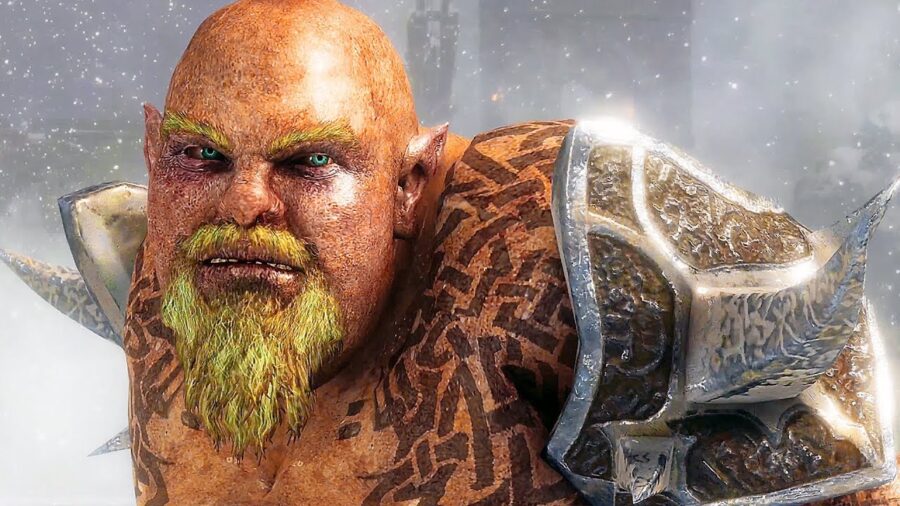
Every time death looks certain for your character in Shadow of War, there is a small chance Forthog will show up to save you. He never showed up for me (that’s not a brag: I definitely could’ve used him more than a few times).
It isn’t clear what Lord of the Rings race Forthog is supposed to be, if any. He’s built like a dwarf but has pointy ears like an Elf. One fan theory suggests he’s an Elf who was almost corrupted into becoming an Orc, but never finished his transformation. Regardless, I assumed he was a Dwarf, and watching him tear into those Orcs, all I could think was “if this was the hero of these games, I’d keep playing until my thumbs went numb.”
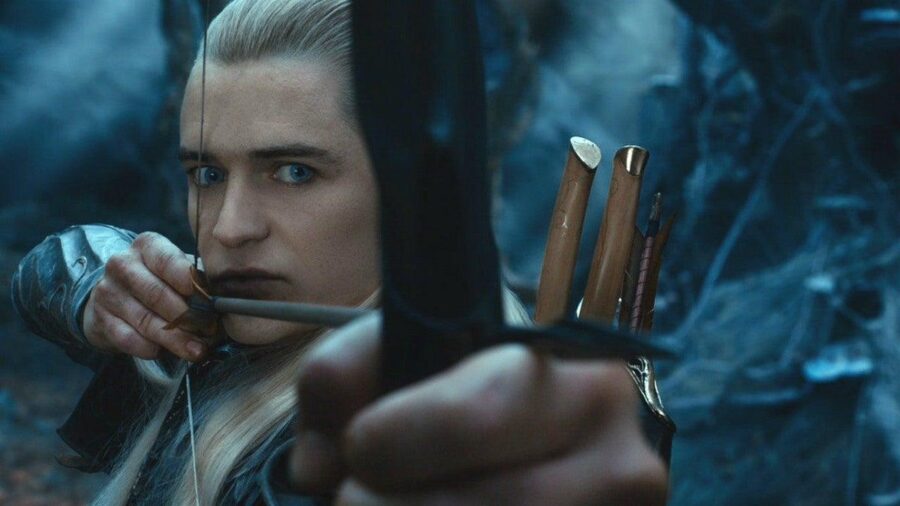
Which made me wonder why Elves and Dwarves are so rarely the protagonists for Lord of the Rings projects, especially since Peter Jackson did so much to popularize both. In both of Jackson’s trilogies, Orlando Bloom’s Legolas comes off like somehow Hawkeye and Spider-Man had a son. John Rhys-Davies’ Gimli mostly becomes comic relief after Fellowship, but Dwarves get many more chances to shine in The Hobbit films.
Amazon’s The Lord of the Rings: The Rings of Power kind of bring Elves more to the forefront, but not really. It’s an ensemble series following different threads throughout their version of Tolkien’s mythos without any single focus.
One of the few standouts is the recently released The Lord of the Rings: Return to Moria. Set after the fall of Sauron, the online survival-crafting game follows the adventures of the Dwarves as they seek to once again claim the mines of Moria as their own. Time will tell if the game succeeds the same way as the adventures of Talion.
Of course, there are plenty of Lord of the Rings fans who would say rather than offer more Elf and Dwarf fare, all the contemporary movie, TV, and game studios should simply leave Tolkien’s stories alone. I don’t necessarily agree, though I understand that point of view and can relate to it to some degree. Regardless, even if Warner Bros. hadn’t already announced its intent to adapt the trilogy again, we all know Hollywood won’t stop milking it while it still can.
So if we’re going to get more Lord of the Rings reboots and spinoffs, why not explore more of these fantasy races? The worlds of the Dwarves and the Elves offer much more appeal to me than those of the humans and Hobbits (which we’ve gotten plenty of chances to sample).
We get it: Hobbits are short and funny but heroic when they need to be. Let’s see more sides of the fantastic world Tolkien created.









